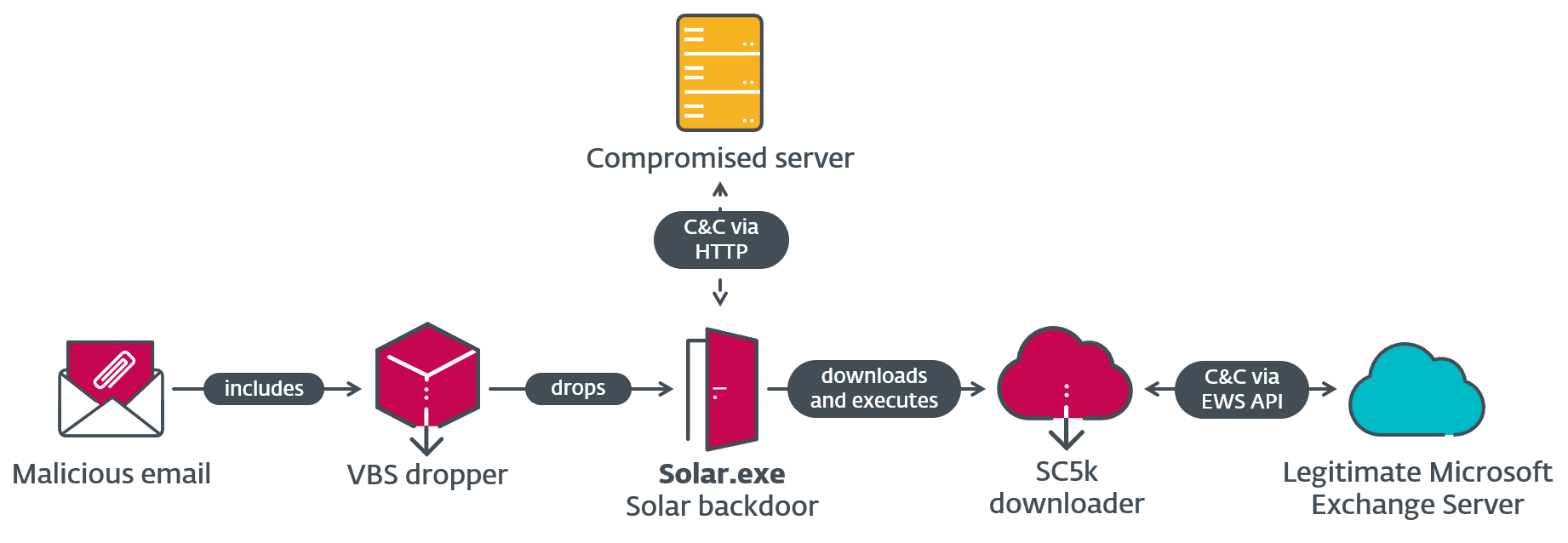
Raymond Lee | Software program Engineer II; Qingxian Lai | Sr. Software program Engineer; Karthik Anantha Padmanabhan | Supervisor II, Engineering; Se Received Jang | Supervisor II, Engineering
Our mission at Pinterest is to carry everybody the inspiration to create the life they love. Machine Studying performs an important function on this mission. It permits us to repeatedly ship high-quality inspiration to our 460 million month-to-month lively customers, curated from billions of pins on our platform. Behind the scenes, a whole lot of ML engineers iteratively enhance a variety of advice engines that energy Pinterest, processing petabytes of information and coaching 1000’s of fashions utilizing a whole lot of GPUs.
Lately, we began to note an fascinating pattern within the Pinterest ML group. As mannequin structure constructing blocks (e.g. transformers) turned standardized, ML engineers began to point out a rising urge for food to iterate on datasets. This consists of sampling methods, labeling, weighting, in addition to batch inference for switch studying and distillation.
Whereas such dataset iterations can yield important beneficial properties, we noticed that solely a handful of such experiments had been carried out and productionized within the final six months. This motivated us to look deeper into the event technique of our ML engineers, establish bottlenecks, and spend money on methods to enhance the dataset iteration pace within the ML lifecycle.
On this blogpost, we are going to share our evaluation of the ML developer velocity bottlenecks and delve deeper into how we adopted Ray, the open supply framework to scale AI and machine studying workloads, into our ML Platform to enhance dataset iteration pace from days to hours, whereas enhancing our GPU utilization to over 90%. We are going to go even deeper into this subject and our learnings on the Ray Summit 2023. Please be part of us at our suggestion there to study extra intimately!
At Pinterest, ML datasets used for recommender fashions are extremely standardized. Options are shared, represented in ML-friendly varieties, and saved in parquet tables that allow each analytical queries and huge scale coaching.
Nevertheless, even with a excessive stage of standardization, it’s not simple to iterate rapidly with web-scale knowledge produced by a whole lot of thousands and thousands of customers. Tables have 1000’s of options and span a number of months of person engagement historical past. In some circumstances, petabytes of information are streamed into coaching jobs to coach a mannequin. So as to strive a brand new downsampling technique, an ML engineer must not solely work out a technique to course of extraordinarily giant scales of information, but in addition pay wall-clock time required to generate new dataset variations.
Sample 1: Apache Spark Jobs Orchestrated by means of Workflow Templates
One of the widespread applied sciences that ML engineers use to course of petabyte scale knowledge is Apache Spark. ML engineers chain a sequence of Spark and Pytorch jobs utilizing Airflow, and package deal them as “workflow templates” that may be reused to provide new mannequin coaching DAGs rapidly.
Nevertheless, as ML is quickly evolving, not all dataset iteration wants will be supported rapidly by workflow templates. It typically requires an extended course of that touches many languages and frameworks. ML engineers have to jot down new jobs in scala / PySpark and check them. They should combine these jobs with workflow methods, check them at scale, tune them, and launch into manufacturing. This isn’t an interactive course of, and infrequently bugs are usually not discovered till later.
We discovered that in some circumstances, it takes a number of weeks for an ML engineer to coach a mannequin with a brand new dataset variation utilizing workflows! That is what we name the “scale first, learn last” drawback.
Sample 2: Final Mile Processing in Coaching Jobs
Because it takes so lengthy to iterate on workflows, some ML engineers began to carry out knowledge processing instantly inside coaching jobs. That is what we generally check with as Final Mile Knowledge Processing. Final Mile processing can increase ML engineers’ velocity as they will write code in Python, instantly utilizing PyTorch.
Nevertheless, this strategy has its personal challenges. As ML engineers transfer extra knowledge processing workloads to the coaching job, the coaching throughput slows down. To deal with this, they add extra knowledge loader staff that require extra CPU and reminiscence. As soon as the CPU / reminiscence restrict is reached, ML engineers proceed to scale the machines vertically by provisioning costly GPU machines which have extra CPU and reminiscence. The GPU sources in these machines are usually not adequately utilized because the coaching job is bottle-necked on CPU.
Even when we horizontally scale the coaching workload by means of distributed coaching, it is vitally difficult to search out the precise stability between coaching throughput and price. These issues change into extra outstanding because the datasets get bigger and the info processing logic will get extra sophisticated. So as to make optimum utilization of each CPU and GPU sources, we want the power to handle heterogeneous varieties of situations and distribute the workload in a resource-aware method.
Why we selected Ray
Having visited the above two patterns, we imagine that horizontally scalable Final Mile Knowledge Processing is the course to realize quick and environment friendly dataset iteration. The perfect answer ought to have three key capabilities:
- Distributed Processing: In a position to effectively parallelize giant scale knowledge processing throughout a number of nodes
- Heterogeneous Useful resource Administration: Able to managing various sources, like GPU and CPU, guaranteeing workloads are scheduled on essentially the most environment friendly {hardware}
- Excessive Dev Velocity: All the pieces ought to be in a single framework, in order that customers don’t have context swap between a number of methods when authoring dataset experiments
After evaluating varied open-source instruments, we determined to go along with Ray. We had been very excited to see that Ray not solely fulfills all the necessities we’ve got but in addition presents a novel alternative to offer our engineers a unified AI Runtime for all of the MLOps parts, not solely simply knowledge processing but in addition distributed coaching, hyperparameter tuning, serving, and many others. with first-class help for scalability.
Using Ray to hurry up ML dataset experiments
With Ray, ML engineers begin their improvement course of by spinning up a devoted, heterogeneous Ray Cluster that manages each CPU and GPU sources. This course of is automated by means of the unified coaching job launcher software, which additionally bootstraps the Ray driver that manages each knowledge processing and coaching compute within the Cluster. Within the driver, customers may invoke a programmable launcher API to orchestrate distributed coaching with the PyTorch coaching scripts that ML engineers creator throughout a number of GPU nodes.
Scalable Final Mile Knowledge processing is enabled by adopting Ray Knowledge on this driver. Ray Data is a distributed knowledge processing library constructed on prime of Ray that helps all kinds of information sources and customary knowledge processing operators. One of many key breakthrough functionalities we noticed from Ray knowledge is its streaming execution capability. This permits us to concurrently rework knowledge and practice on the identical time. Because of this (1) we don’t have to load your entire dataset as a way to course of them, and (2) we don’t want for the info computation to be utterly completed to ensure that coaching to progress. ML engineers can obtain suggestions on their new dataset experimentation logic in a matter of minutes.
With streaming execution, we will considerably decrease the useful resource requirement for petabytes knowledge ingestion, pace up the computation, and provides ML engineers quick, end-to-end suggestions as quickly as the primary knowledge block is ingested. Moreover, So as to enhance the info processing throughput, the ML engineer merely must elastically scale the CPU sources managed by the heterogeneous Ray cluster.
The next code snippet demonstrates how our ML engineers check out a coaching dataset iteration with Ray, interactively inside a jupyter pocket book.
Benchmark & Enhancements
To evaluate the advantages of utilizing Ray for Final Mile Knowledge Processing, we carried out a set of benchmarks by coaching fashions on the identical mannequin structure whereas progressively growing the Final Mile Knowledge Processing workloads.
To our shock, the Ray dataloader confirmed a 20% enchancment within the coaching throughput even with none Final Mile Knowledge Processing. Ray dataloader dealt with extraordinarily giant options like user-sequence options significantly better than torch dataloader.
The advance turned extra outstanding as we began to include extra complicated data-processing and downsampling logic into the info loader. After including spam-user filtering (map-side be part of) and dynamic adverse downsampling, Ray dataloader was as much as 45% quicker than our torch based mostly implementation. Because of this an ML engineer can now acquire 2x the learnings from coaching experimental fashions throughout the identical time as earlier than. Whereas we needed to horizontally scale the data-loaders by including extra CPU nodes, the lower in coaching time finally allowed us to save lots of price by 25% for this software as nicely.
When ML engineers carried out the identical experiment by writing Spark jobs and workflows, it took them 90 hours to coach a brand new mannequin. With Ray, the ML engineers had been capable of scale back this down to fifteen hours, a whopping +6x enchancment in developer velocity!
This submit solely touches on a small portion of our journey in Pinterest with Ray and marks the start of the “Ray @ Pinterest” weblog submit sequence. Spanning a number of components, this sequence will cowl the totally different aspects of using Ray at Pinterest: infrastructure setup and superior utilization patterns together with function significance and switch studying. Keep tuned for our upcoming posts!
Moreover, we’re excited to announce that we’ll be attending this 12 months’s Ray Summit on September 18th. Through the Summit, we’ll delve deeper into the subjects on this submit and supply sneak peeks into the remainder of the sequence. We invite you to hitch us throughout the Ray Summit to achieve a deeper understanding of how Ray has reworked the panorama of ML coaching at Pinterest. We look ahead to seeing you there!
Associated Pins: Liyao Lu, Travis Ebesu
M10n: Haoyu He, Kartik Kapur
ML Platform: Chia-wei Chen, Saurabh Vishwas Joshi
Anyscale: Amog Kamsetty, Cheng Su, Hao Chen, Eric Liang, Jian Xiao, Jiao Dong, Zhe Zhang
To study extra about engineering at Pinterest, try the remainder of our Engineering Weblog and go to our Pinterest Labs website. To discover and apply to open roles, go to our Careers web page.





